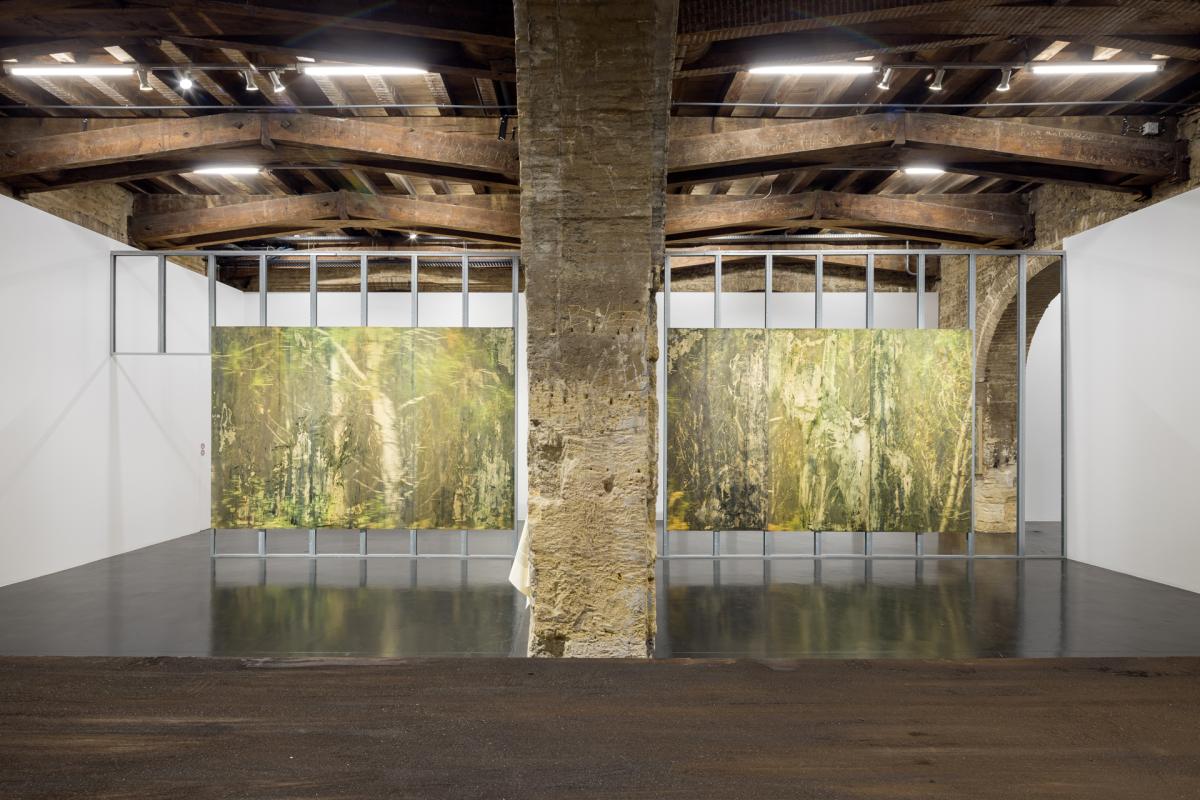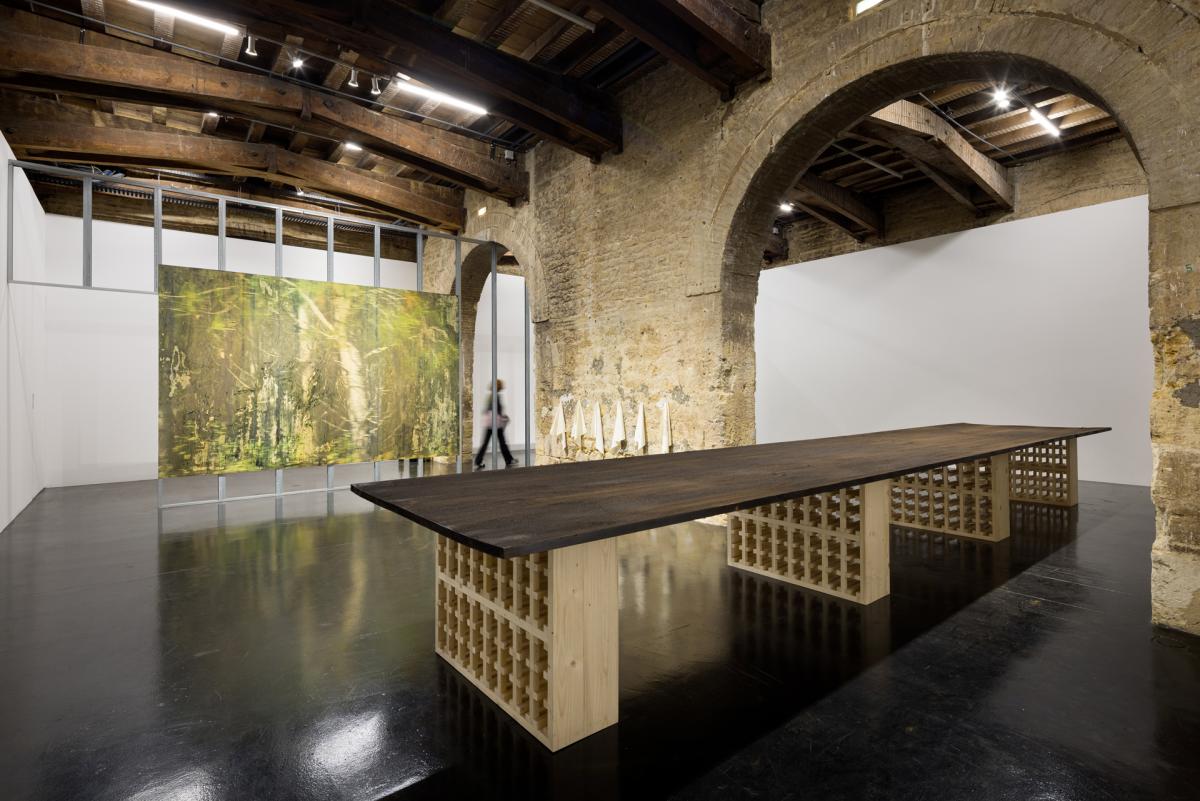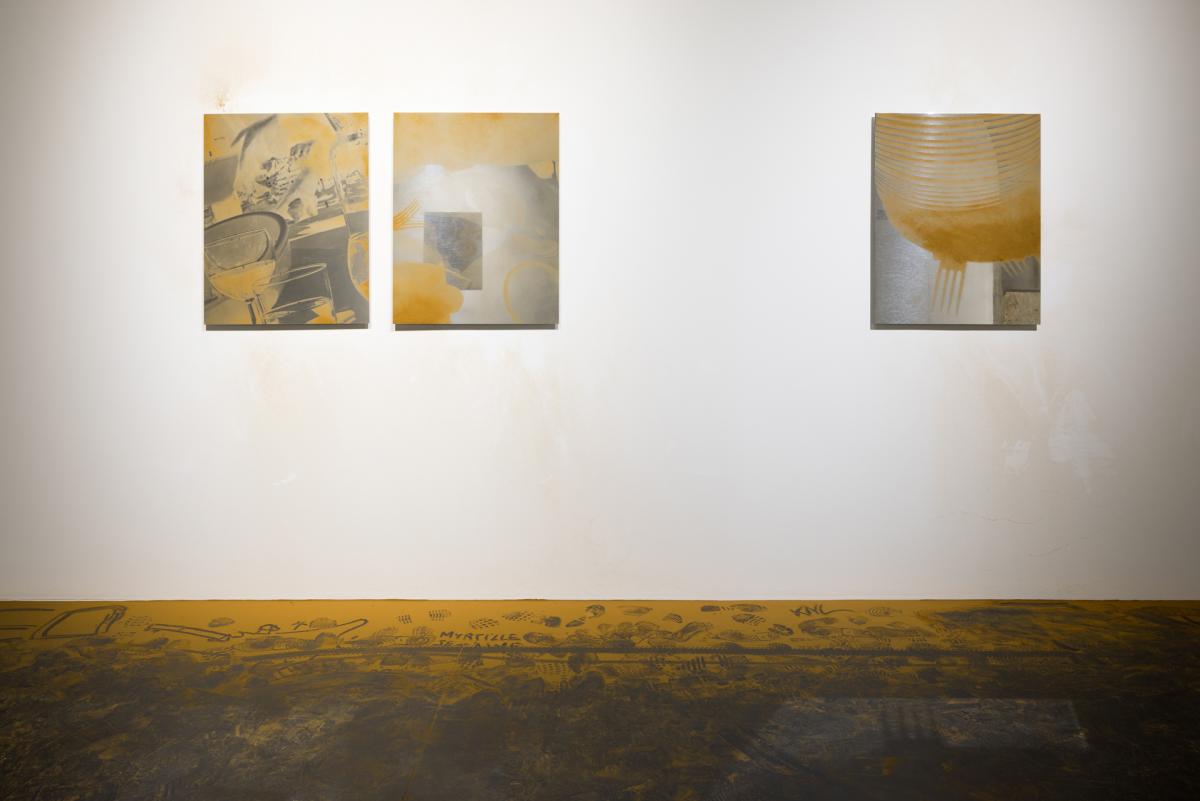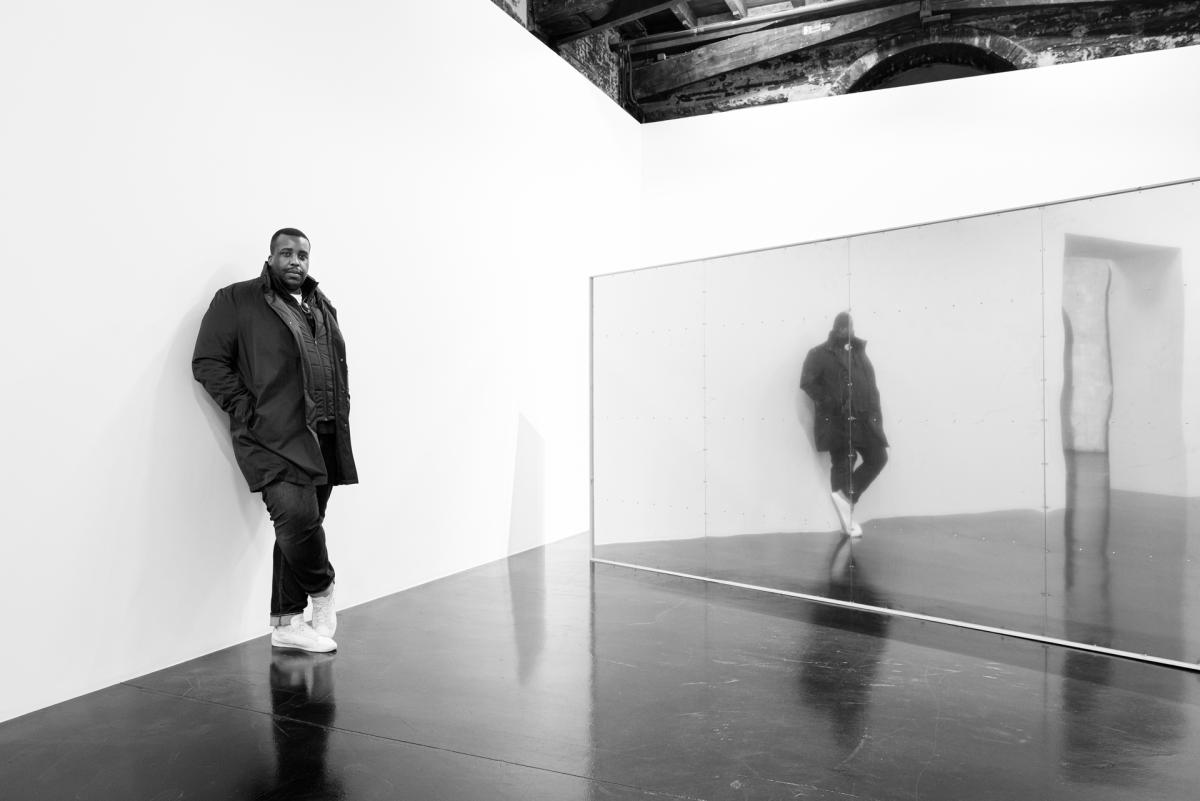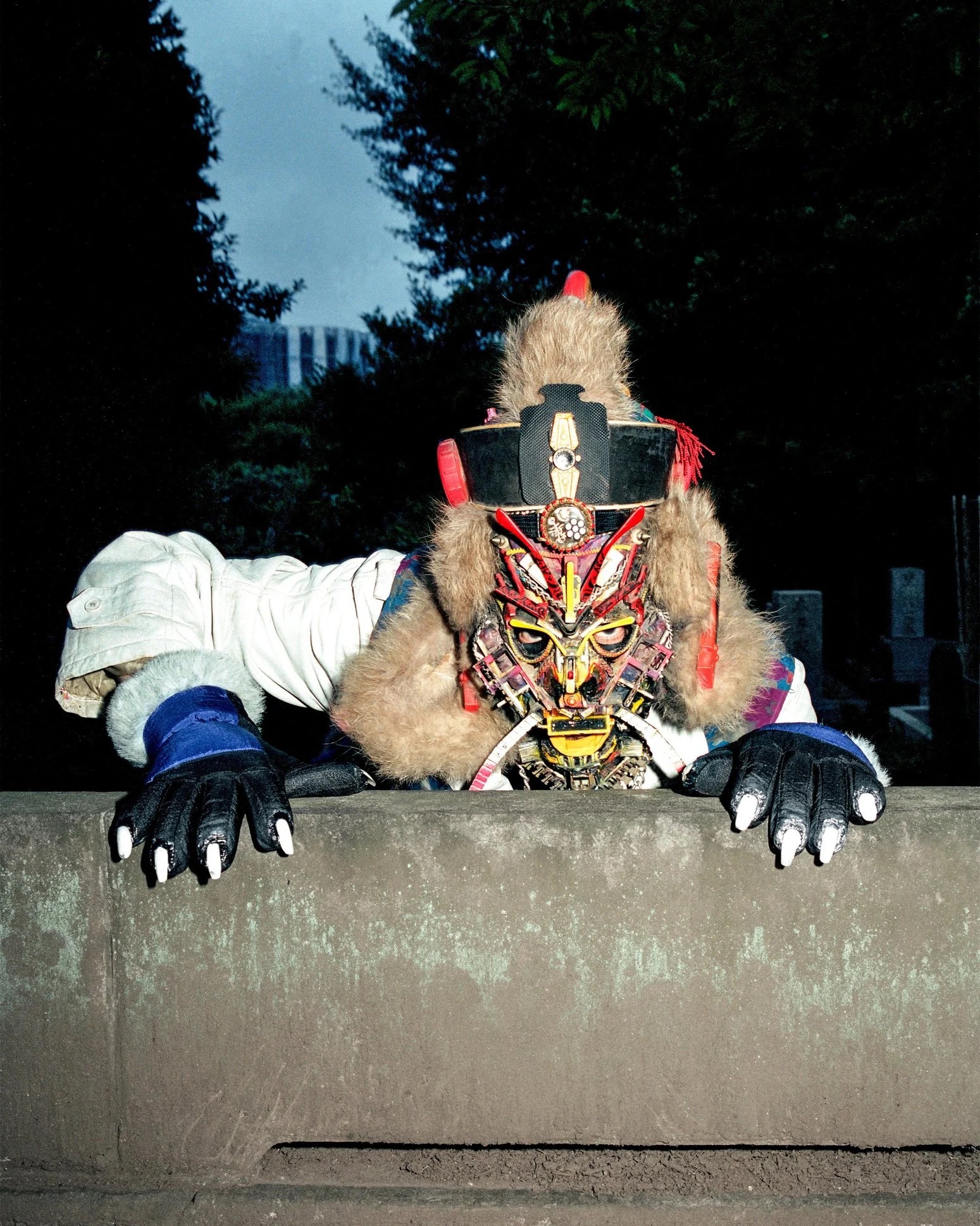04.11.21 - 27.03.22
04.11.21 - 27.03.22
04.11.21 - 27.03.22
Olu Ogunnaike works with wood as a material in all its forms: from sawdust to charcoal along with resin. He also exhumes the memories stored within wood. The handling of wood brings him to raise the question of the origin of the material he uses, as well as that of the gestures and tools he employs. Under the pretence of minimal aesthetics, which may, at first glance, feel rather inhospitable, Ogunnaike’s practice grants many an occasion for conviviality, to which you are welcome to participate.
When he first visited the Capc to prepare for this exhibition, Olu Ogunnaike turned to the many pine rafters spanning across the high ceilings of the Entrepôt Lainé, a first bridge to the Landes forest. Then emerged the necessity to induce this wood – the inner structure of the building – into speech, and to extract the stories layered within.
The artist felt compelled to start with the following gesture: that of sanding the rafters arching across the museum to collect wood powder, procuring its crumbs – like a subtly disruptive caress across space. This powder, suggestive both of ashes and cinnamon, has been used by Olu Ogunnaike as a material for some of the pieces presented in this exhibition.
Curator: Cédric Fauq
This exhibition benefits from the support of the Friends of the Capc.
Olu Ogunnaike, born 1986, London, UK.
Taking trees as repositories of memory within the places and communities in which they grow, Ogunnaike cites wood as a marker of possible encounters: between past and present; between people and the spaces they inhabit. He is interested in the parallels that can be drawn between humans and trees, tracing the moment a tree is uprooted from one geographical setting and placed in another, where it might be transformed. This story – of the composite and accumulative nature of our identities– is inextricably linked to community, labour and the transaction of exchange.

